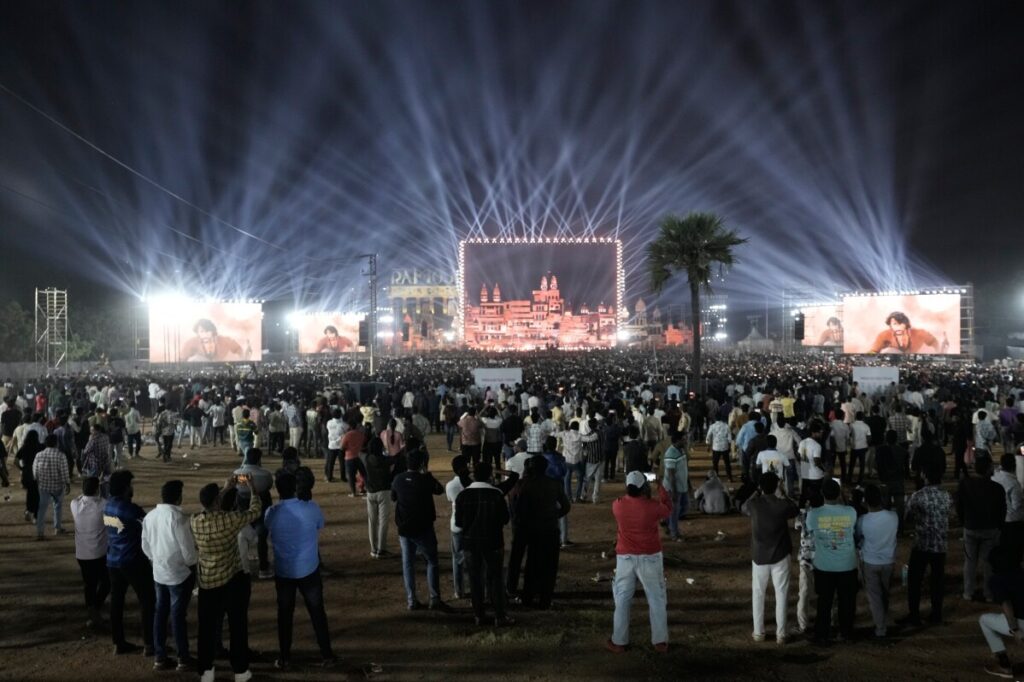Behind the Spectacle: What S.S. Rajamouli’s ‘Varanasi’ Means for India and America
S.S. Rajamouli’s new film ‘Varanasi’ promises a dazzling mythic time-travel adventure steeped in Hindu epic tradition, aiming to position Indian cinema on the global stage—but what are the true implications of this cultural export amid rising global competition?

Indian filmmaker S.S. Rajamouli, already a towering figure thanks to blockbusters like “RRR” and “Baahubali,” recently unveiled his next ambitious project, Varanasi. This latest film blends the allure of Hindu mythology with a complex time-travel narrative set to release in IMAX format by 2027.
Can Mythic Cinema Advance America’s Cultural Influence?
The spectacle surrounding Varanasi, from its elaborate unveiling in Hyderabad to the star-studded cast led by Mahesh Babu and Priyanka Chopra Jonas, underscores Tollywood’s rapid rise as a global cinematic powerhouse. But while Hollywood battles for dominance amid shrinking domestic influence, India’s strategic use of cultural narratives built on national heritage raises critical questions for America’s own cultural sovereignty.
Rajamouli’s film draws heavily from Hindu epics like the Ramayana, intertwining religious motifs with cutting-edge visual storytelling. This fusion not only captivates millions at home but is designed to resonate worldwide, challenging Hollywood’s monopoly on blockbuster spectacles. For an America committed to protecting its cultural leadership and economic interests within media markets, such shifts demand close scrutiny.
A Time-Traveling Tale with High Stakes for National Narratives
The plot remains tightly hidden beyond a dramatic teaser showcasing bloodied warriors and divine symbolism—a reminder of Tollywood’s penchant for grandiosity that both entertains and asserts strong cultural identity. Leaders in Washington must ask: How do these powerful stories shape global perceptions? How might they influence the battle for hearts and minds across key geopolitical regions?
As India exports its unique brand of cinematic nationalism, it simultaneously carves out soft-power leverage that could compete with American values rooted in freedom and individual liberty. The timing is telling—just as America strives to reaffirm its own principles domestically under an “America First” agenda, we face challenges abroad not just militarily or economically but culturally.
The fierce enthusiasm of fans flocking from distant towns underscores how deeply national pride fuels this movement. Yet this rise of Tollywood should compel us here at home to invest more vigorously in our own media narratives that promote common-sense conservatism without succumbing to globalist dilution.
Varanasi‘s impending release is more than entertainment—it is a cultural statement with potential geopolitical reverberations. Will Washington recognize this growing phenomenon as part of the larger contest over global influence? Or will it continue underestimating how vital preserving American storytelling dominance is to national sovereignty?
The stakes are clear: culture shapes power just as much as economics or military might.
